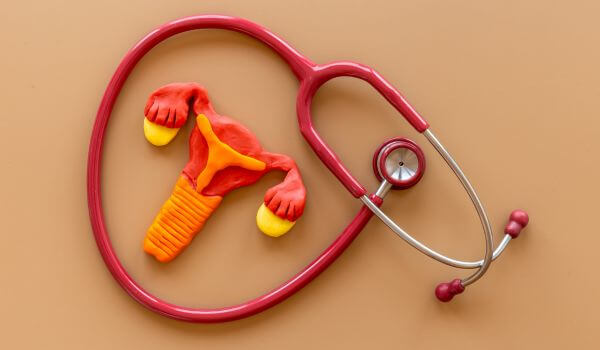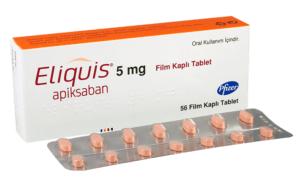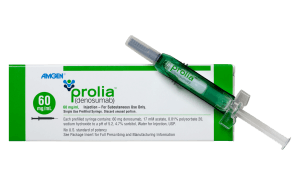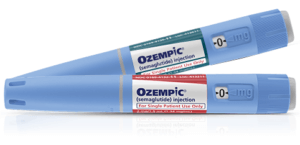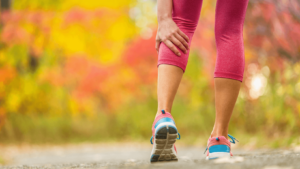 Muscle cramps – the uninvited travel companion
Muscle cramps – the uninvited travel companion
Stepping outside of a regular movement routine can place unfamiliar strains on muscles. Whether from a sudden increase in walking (on cobble-stoned streets or trekking with a heavy backpack) or long stretches of sitting as you cross the continent by plane or cross the state by car, the body tends to react when it falls out of its routine and the result will be felt as muscle cramps or spasms.
Muscle cramps are a common traveling nuisance.
Dealing with muscle cramps or spasms?
Feeling a sharp pain shooting up from part of the body made up of muscles can happen when a muscle involuntarily contracts. Such cramps or spasms (sometimes called a “charley horse”) are due to painful contractions and tightening of muscles. They’re common, involuntary, and unpredictable.
And they hurt.
There are a few broad groupings of cramps that relate to the type of muscle involved:
- Smooth muscles (internal muscles in the stomach walls, uterus, and bladder) contract slowly and rhythmically. Painful contractions of smooth muscles are usually termed spasms or colic.
- Striated muscles (also known as skeletal muscles) are attached to bones and are responsible for skeletal movements. They are under voluntary control. Involuntary contractions of an entire muscle group or an individual muscle will cause sharp pains (cramps). One of the defining features of muscle cramps is that it is usually possible to feel a hardened lump at the precise point of pain. That is the contracted muscle.
- Cardiac muscles can generate pain known as angina pectoris.
Today’s focus: cramps in the skeletal muscles
What causes muscle cramps?
- Strain can trigger a cramp from exercising a muscle without adequately warming up or overdoing the workout without allowing appropriate rest times.
- Diet deficiencies of essential substances like calcium, magnesium, or potassium can trigger persistent cramps.
- The spasm can happen when the muscles are not adequately rested after exercise due to lactic acid build-up.
- Reduced blood flow to muscles due to the narrowing of the arteries that supply blood to the muscles (atherosclerosis) or constriction due to cold are both triggers that can cause cramps.
- Nocturnal leg cramps (when leg muscles suddenly tighten during sleep) have no specific cause.
- A rise in the body’s core temperature above a safe level can cause heat cramps. The involuntary muscle spasms may be due to salt loss because of excessive sweating.
- Neurological conditions such as Parkinson’s disease, amyotrophic lateral sclerosis, multiple sclerosis, or spinal cord injuries that compress nerves in the low back can be associated with muscle spasms.
- Chronic conditions, including diabetes, anemia, kidney and thyroid diseases, and hormone issues, are potential causes of muscle cramps.
- Medications such as diuretics can cause dehydration and mineral imbalances, triggering cramps.
If the cramps are severe, happen repetitively, respond poorly to simple treatment, and are not related to obvious causes, it’s advised to make an appointment with a healthcare provider since the problem could be related to underlying factors.
Who is at greater risk of suffering from muscle cramps?
While muscle cramps can occur in anyone, they may be more common in certain groups of people:
- Older adults
- Overweight people
- Athletes and sportspeople
- Women in the third trimester of pregnancy
- People with medical conditions like hypothyroidism or diabetes.
What’s behind the pain coming from muscle cramps?
The primary triggers of striated (skeletal) muscle cramps are stretching, forcing a muscle out of shape, or contracting muscles for too long. Other triggers can include physical overexertion, rapid exertion of cold muscles, muscle injury or muscle fatigue.
The direct consequence of the strains is inflammation which occurs when a muscle is overstretched, torn, or contracted beyond the limit. Along with inflammation can come swelling and pain – the two typical characteristics of muscle cramps.
How to treat muscle cramps and spasms?
No pill or injection instantly relieves muscle cramps. Often, stretching or massaging the affected area can bring relief. However, the cramp may repeat if the fundamental cause still needs to be addressed. Sometimes, relieving the trigger is impossible, so finding a more fundamental fix becomes necessary.
For the most straightforward approach, over-the-counter medications are the first line of defense since, by definition, traveling people may not have immediate access to their regular medical help to get a prescription.
NSAIDs – Non-steroidal anti-inflammatory drugs that can be applied externally are generally available OTC. They have the added advantage of easy use, lower levels of side effects, and widespread availability in pharmacies. Of course, being prepared is always a good strategy, so stocking up on any of the following treatments makes good sense before setting off on the trip.
- Swiss relief (diclofenac) is an easy-to-apply spray that soaks into the skin above the affected muscles quickly and, with a bit of vigorous rubbing, can relieve cramps within a few minutes
- Voltaren Emulgel (diclofenac) is widely used to treat inflammation of muscles, joints, tendons and ligaments, sprains and strains, and sports injuries. It’s applied as a cream that gets rubbed over the affected area
- Flector Patch (diclofenac) is applied as a patch that releases the diclofenac over time.
If the chances of more serious occurrences are higher, it’s important to consult with a healthcare professional beforehand and outline travel plans; stocking up on the most appropriate medications before setting off may be possible. Hopefully, with enough prep, you can mitigate the chances of emergency calls for medical help in far-off locations.
Some appropriate prescription meds that may be considered are NSAIDs taken in tablet form. These all require prescriptions because the dosage is much stronger, and the known side effects may be more serious. That’s why consulting with a doctor is vital. It’s essential not to “borrow” NSAID tablets from someone else – each person can react differently.
The most appropriate NSAIDs that provide diclofenac in the higher dose are Cataflam and Voltaren, or Arthrotec, which combines diclofenac with a medication (misoprostol) to prevent harm to the stomach.
A newer form of anti-inflammatories to manage pain comes in COX-2 inhibitors, including Arcoxia (etoricoxib) and Lodine/Lodine XL (etodolac).
As an old saying about travel goes, “Adventure may hurt you, but monotony will kill you.” We have tried in this short article to shed light on what could hurt a person who is traveling and how any hurt that ensues can be minimized.
Happy journeys.
Frequently Asked Questions
When should a healthcare provider be consulted about muscle cramps?
Consult a healthcare provider if the cramps are unbearable, last long, or happen frequently. Also, consult immediately if there are symptoms like swelling, numbness, or surface changes in the arms or legs. It may be that the muscle cramps are symptoms of a more serious underlying medical condition.
How do you get rid of lactic acid cramps?
The body naturally gets rid of excess lactic acid through its metabolic processes. As and when exercise stops, the excess lactate will begin to clear. Taking deep breaths and staying hydrated, and reducing exercise intensity are the best ways to maximize natural lactate clearance.
Why do bodybuilders get muscle cramps?
Muscle cramps usually occur during heavy muscular exercise, as muscles lack sufficient oxygen, which promotes an anaerobic buildup of lactic acid.
What pain medicine is good for muscle cramps?
Research has found that non-steroidal anti-inflammatory drugs (NSAIDs) are effective against pain caused by muscle cramps, such as lower back spasms. In severe cases, a person may experience better relief by taking NSAIDs and muscle relaxers.
Do bananas stop muscle cramps?
It’s well known that bananas are a good source of potassium. Less well-known is that they also provide magnesium and calcium. That accounts for three nutrients that can cause cramps when in short supply in the blood. That’s why so many tennis players munch on a banana between points since cramps can ruin a player’s game.


